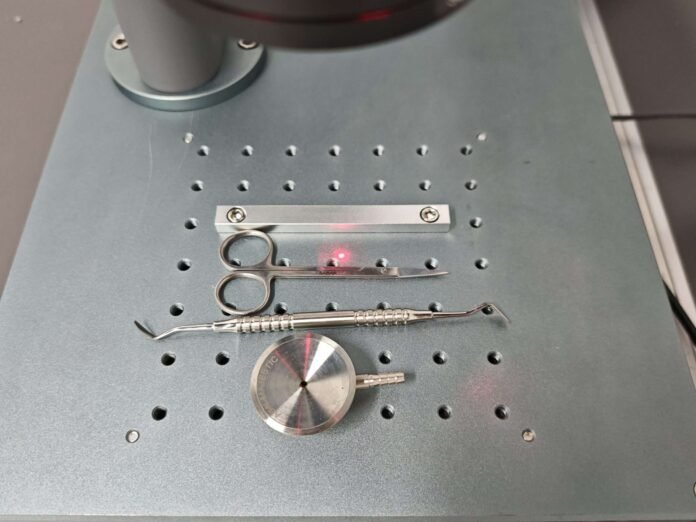Factors to Consider When Choosing Metals for Laser Engraving
When selecting the best metal for laser engraving, several key factors come into play:
Reflectivity
Reflectivity significantly impacts the engraving process. Highly reflective metals like copper and aluminum can scatter the laser beam, reducing efficiency and quality. Metals with lower reflectivity, such as stainless steel, typically yield better results with less power. Higher-powered lasers or specialized coatings may be needed for reflective metals.
Thermal Conductivity
Thermal conductivity refers to a metal’s ability to transfer heat. Metals like copper and aluminum dissipate heat quickly, potentially leading to less distinct markings. In contrast, metals with lower thermal conductivity, such as stainless steel, concentrate heat at the engraving site, resulting in clearer and deeper marks.
Melting Point
The melting point is crucial for determining laser power and speed settings. Higher melting point metals, like titanium and stainless steel, require more energy but produce sharp marks. Lower melting point metals, such as aluminum and brass, may engrave more easily but can warp or melt if not controlled.
Surface Finish
The surface finish greatly influences engraving quality. Smooth, polished surfaces yield crisp, high-contrast engravings, while rough surfaces may result in less defined marks. Some metals, like anodized aluminum, allow for selective coating removal, creating striking color contrasts. Consider how the finish will interact with the engraving process for optimal results.
